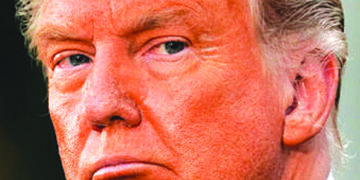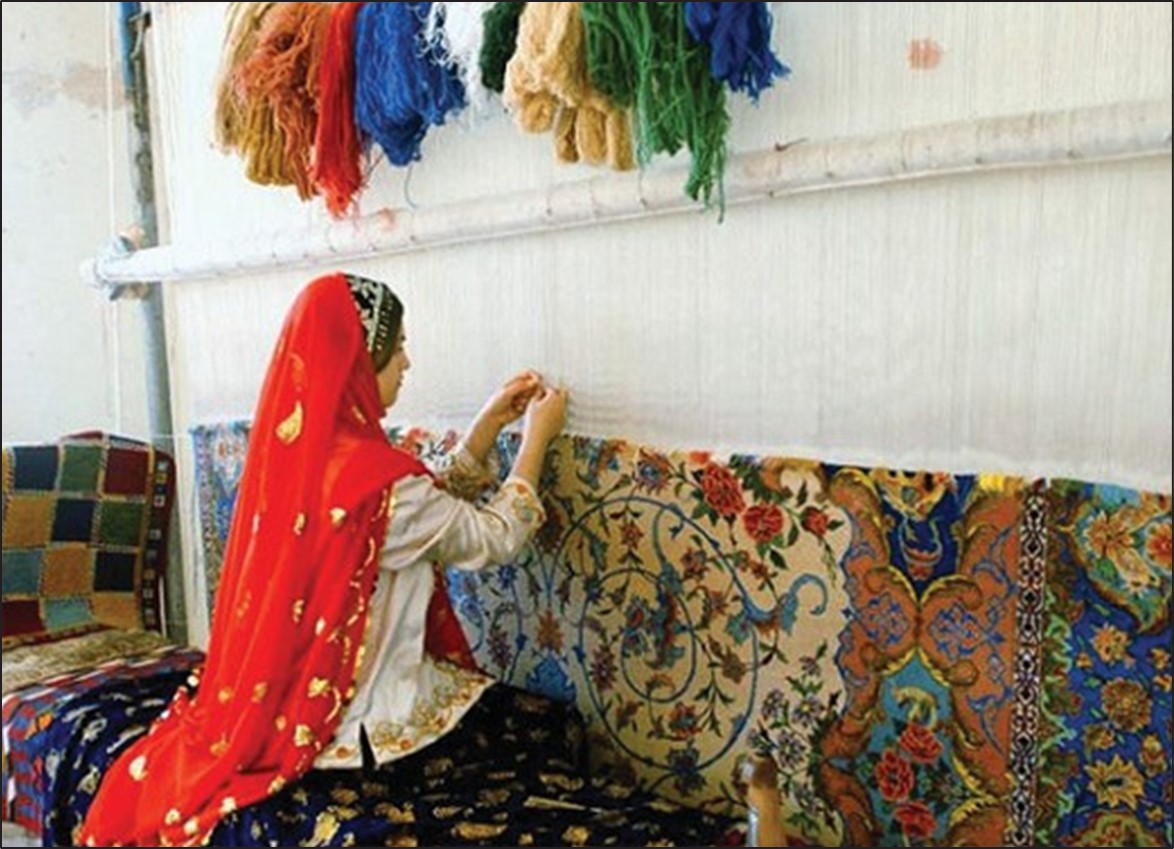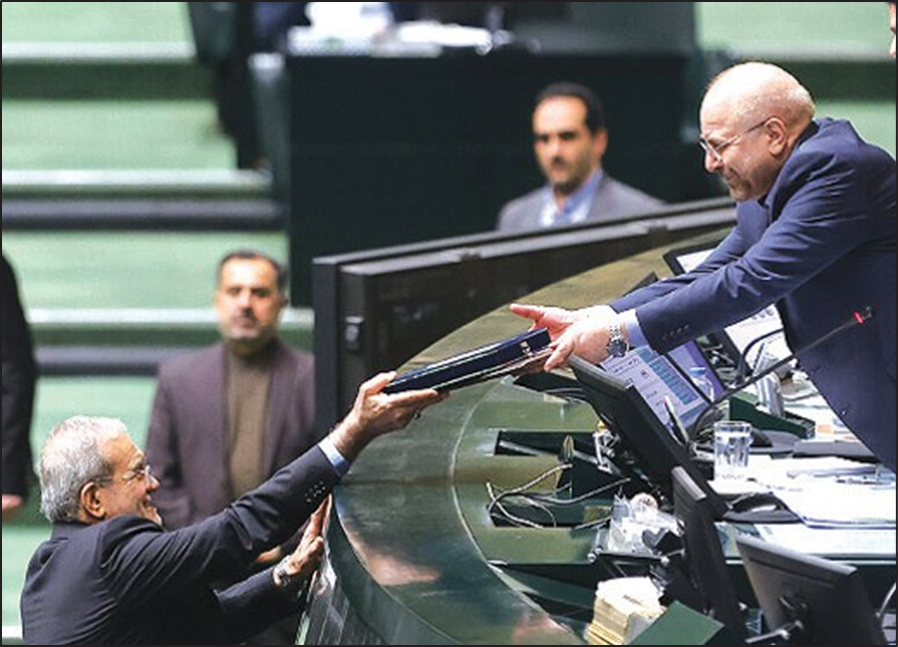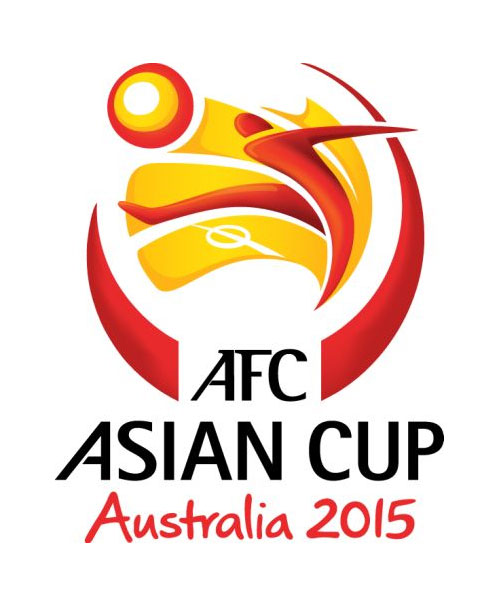November 15-2013
By Michael Rubin
Ali Khamenei, Iran’s Supreme Leader, has not been seen in public very often this past month and rumors swirl that he has suffered a relapse of a chronic illness. It is the nature of dictatorship with cloistered leadership that rumors always swirl and when he dies, those who have predicted Khamenei’s death for the past decade will chirp that they were right all along. Because power within the Islamic Republic is vested in the Supreme Leader—in theory he acts as the deputy of the Messiah on Earth—his death and what comes next is far more consequential than a presidential election. Simply put, in the Islamic Republic, the president is about style but the Supreme Leader is about substance.
In the Islamic Republic, there has only been one succession. On June 3, 1989, Ayatollah Ruhollah Khomeini, the regime’s first Supreme Leader, passed away at age 86. There was a heat wave at the time, and the quip on the streets of Tehran was the old man had become so senile, he forgot to close the door on the way down. In theory, when the Supreme Leader dies, the Assembly of Experts, an 86-member clerical body, chooses a successor. If the succession to Khomeini is any guide, however, the body has more of a rubber stamp function. When Khamenei dies, those who hold the most influence within the Islamic Republic will informally caucus and try to come to consensus. Back in 1989, the most influential figures cancelled each other out because while they had influence and allies, they also had enemies: it’s hard to come to a consensus around a polarizing figure. Initially, Khamenei was actually a compromise candidate—he was thought to be weak and malleable enough that he wouldn’t rock the boat although, as subsequent history shows, he quickly found his sea legs.
I’m a historian by training so I get paid to predict the past, not the future (and I only get that right about half the time), so I’m not going to hazard a guess as to who might be the leading candidate for succession, especially because that might be the wrong question. In the Islamic Republic’s early years there was a long and often bitter debate between two factions, the hojjatiyeh and the maktabis (I deal with this in my first monograph on the history of pressure groups inside Iran). While both subscribed to Khomeini’s theory of velayat-e faqih (Guardianship of the Jurisprudent), among their differences was that the maktabis believed a single source of emulation should be the Leader, whereas the hojjatiyeh favored a collective guardianship.
The hojjatiyeh also favored greater separation between the clergy and government. The maktabis won out after a few years, and the hojjatiyeh went underground. Today, rumors swirl about closet hojjatiyeh. Their political enemies have accused both Ayatollah Mesbah-Yazdi and former president Mahmoud Ahmadinejad of leaning toward the hojjatiyeh, although the group likely has other sympathizers as well.
Here’s the rub: if the regime is so polarized after more than three decades of infighting that it cannot find a single consensus candidate—and with Khamenei gone—the hojjatiyeh might feel confident enough to again suggest a collective leadership: If it’s a choice between stalemate and a council, a council could win out. That, of course, could kick the greater problem down the road: When there is a council, there are factions, and when there are factions, there is often either gridlock or serious infighting. Either way, should the rumors of Khamenei’s poor health be true, the Islamic Republic is in for a bumpy ride, one that ultimately provides more hope for change than the transition from one figure-head president to another.
Michael Rubin is a former Pentagon official whose major research area is the Middle East, with a special focus on Iran, Turkey, Arab politics, Afghanistan and diplomacy.

















